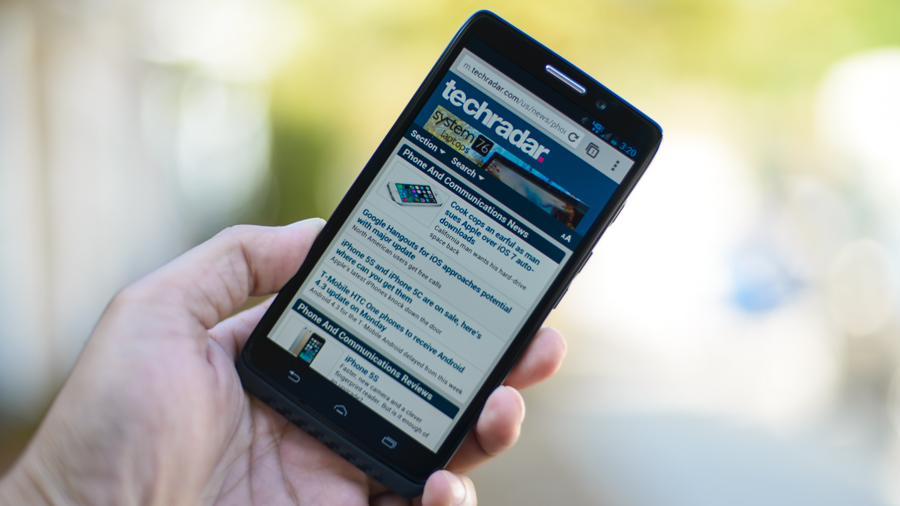Why you can trust TechRadar
Unfortunately, the 10MP RGCB shooter on the Motorola Droid Maxx is the same as you'd find on the Moto X. We say unfortunate, because the camera on the Moto X was its weakest feature.
On the Droid Ultra, you don't really get any tap-to-meter options. The camera will meter a scene for you, and its decision to preserve highlights at the cost of underexposing an entire scene is a curious one.
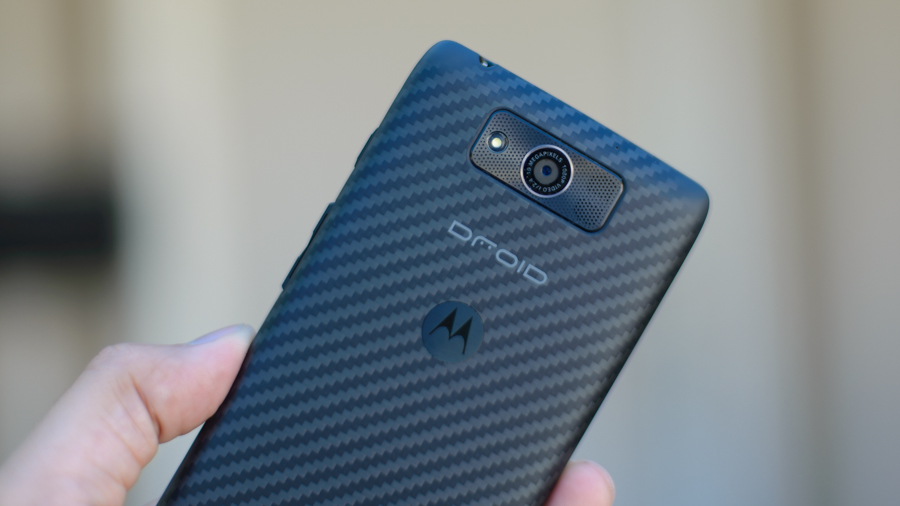
If you have any bright highlights in your scene, the camera will expose for that the majority of the time. Even if the highlighted area makes up just a tiny corner in your background somewhere, the entire scene goes dark so that the highlight is correctly exposed.
The software's exposure system and lack of exposure control is incredibly frustrating. Your only real alternative is to download a third-party camera app from the app store--one that would give you exposure, focus and white balance control.
Aside from our gripes with the camera software and metering system, photos turned out to be OK. Pictures from the Droid Maxx don't look as rich or clean as photos that would come out of the Galaxy S4, iPhone 5 or Lumia 1020. The Ultra's images look very much like they were taken with a smartphone, with some over-sharpening in some cases and washed out colors.
However, there are always third-party apps to the rescue. Apps like Snapseed and Vignette will help give your photos more color, contrast, richness and a little life. It's a little sad to see such a good phone tainted by its camera, which can be said of all the Motorola Droids to date. Maybe one day Motorola will get it right.
Here are some unedited camera samples, straight out of the phone.
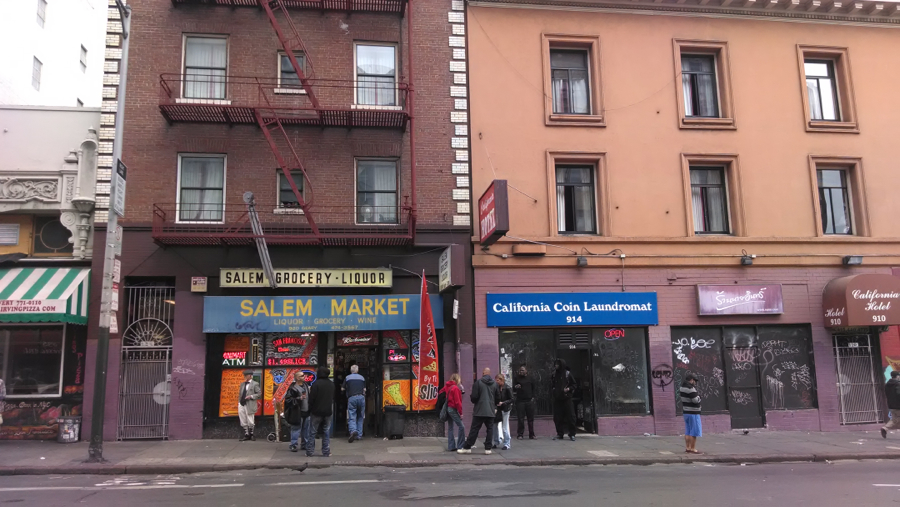
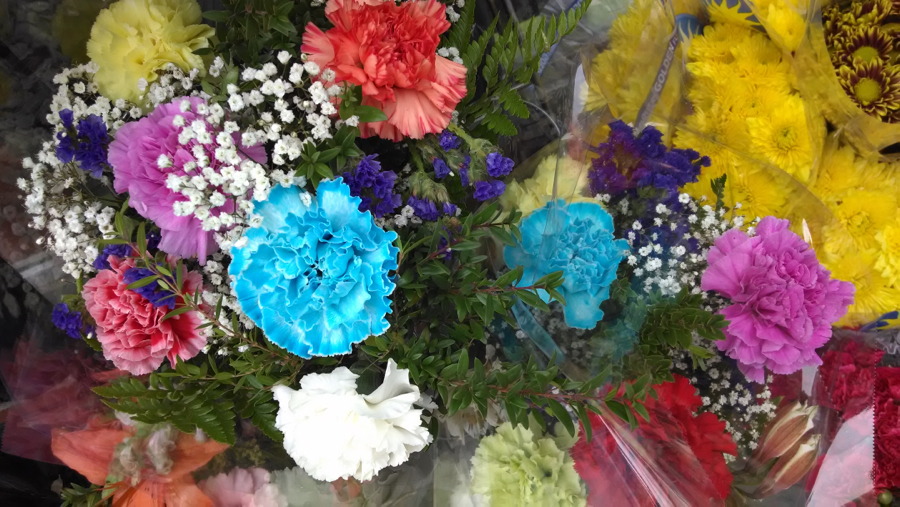
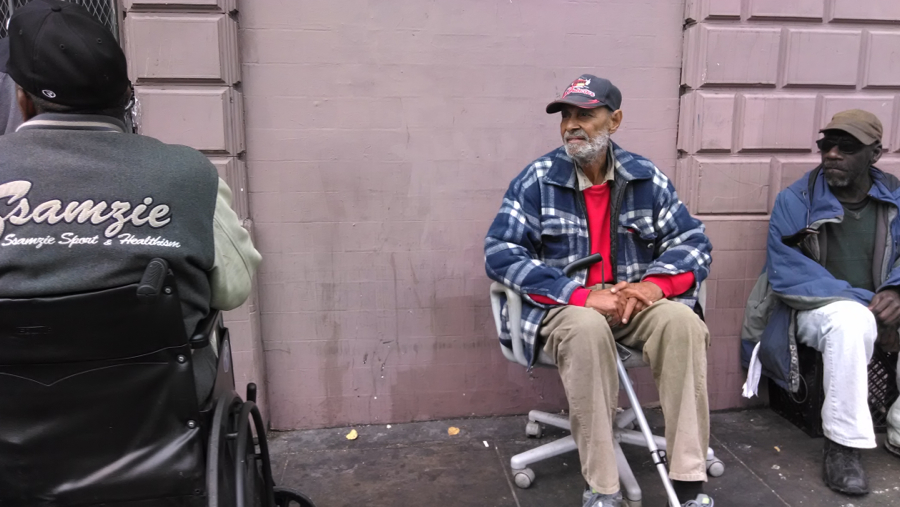
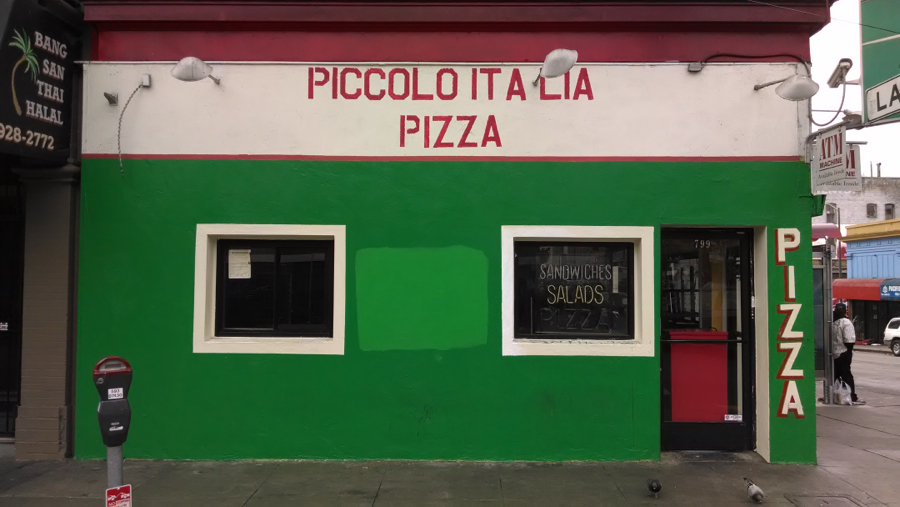
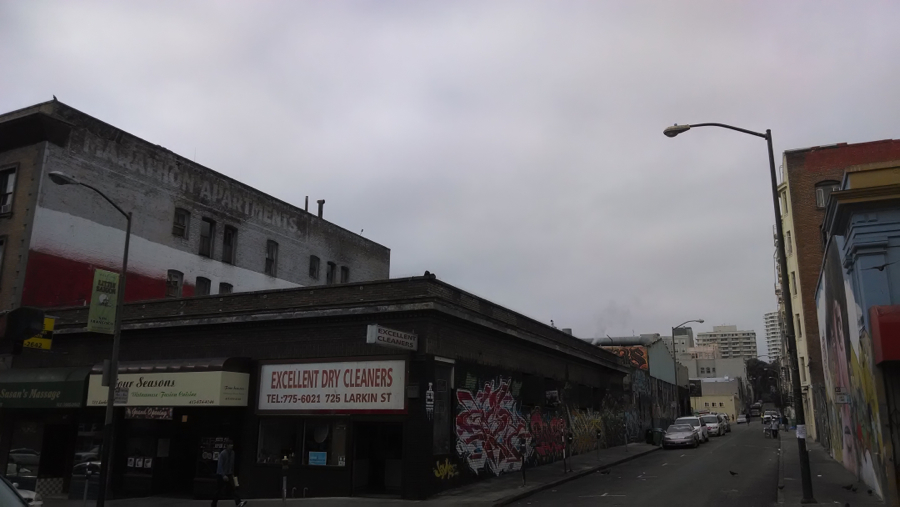
As you can see in the samples above, colors tend to be flat and exposure can be a little off. They're not terrible photos, but they're definitely not in the same league as the iPhone, LG G2 and Nokia Lumia 1020.
Video recording
Video, on the other hand, is a bit better. It will do 1080p video recording, and stabilization is relatively decent.
Colors look good on video, and it does a surprisingly better job with metering and light than the still camera does. It's baffling.
At any rate, if you shoot a lot of video, you probably won't be disappointed with the Droid Maxx's video performance and the interface is easy.
The only real downside is that there aren't any additional settings available to tweak exposure or anything else. You can do slow-motion video, but that's about it.
Usage and performance
Using the camera is easy. By default, you just tap the screen to shoot a photo. Don't go thinking you're going to be able to tap the screen to set focus and exposure--we've already said that doesn't work.
When you tap on the screen, anywhere on the screen, you're simply shooting a photo unless you turn on the tap to focus feature.
If you want to bring out settings like access to the panorama feature, geo location option, HDR, tap-to-focus, slow-motion video and more. Options are very limited, and lacking, too.
With other Android smartphones, you get advanced editing and exposure control features, along with filters and sometimes even live filters.
For the Droid Maxx, you're going to have to rely on third-party apps, which might not be a big deal for some users.
Current page: Camera
Prev Page Interface, performance and battery life Next Page Call quality and connectivity